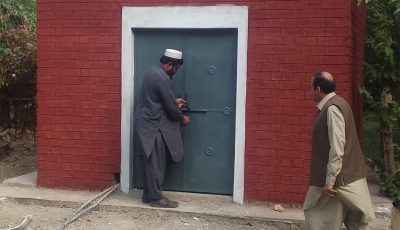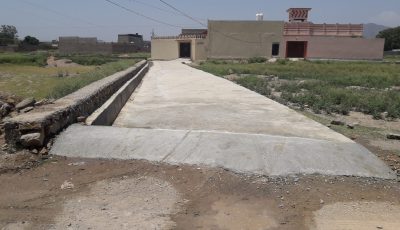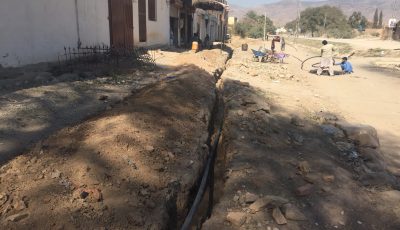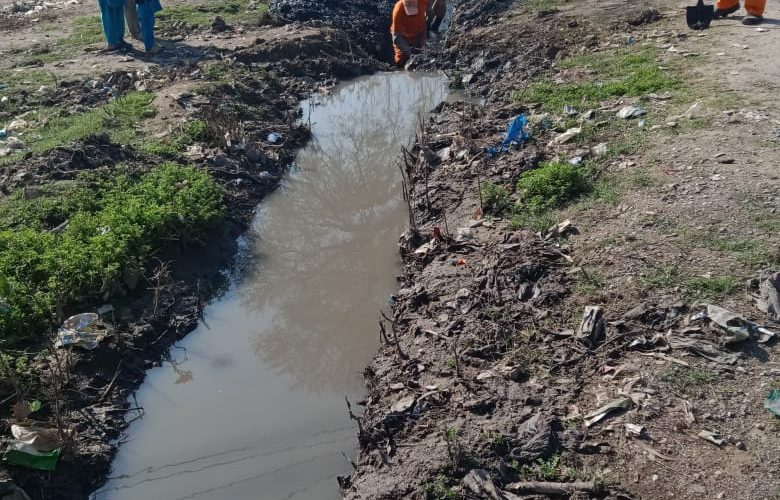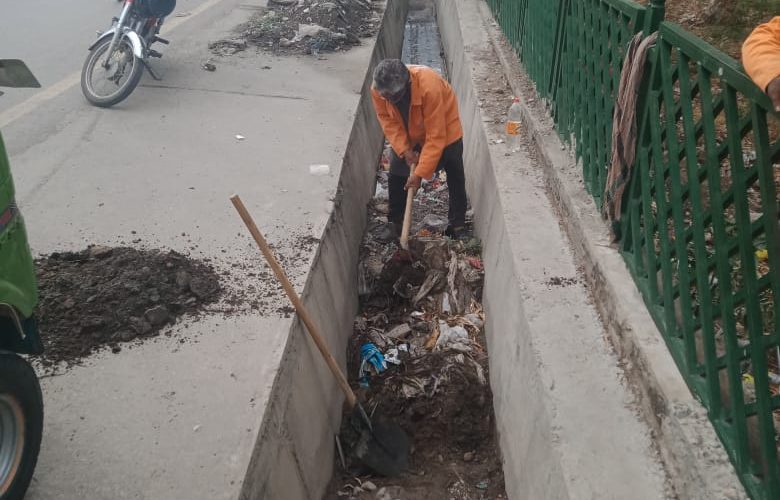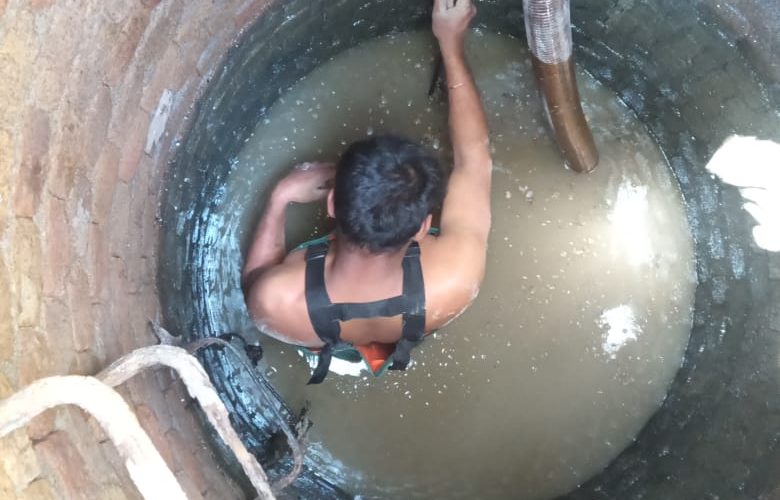Construction says that the better the service is delivered the higher is the skill level of our company. We work for the best quality of services for our clients and our clients appreciate us for that.
Sewerage and Drainage System
DRAIN CLEARING
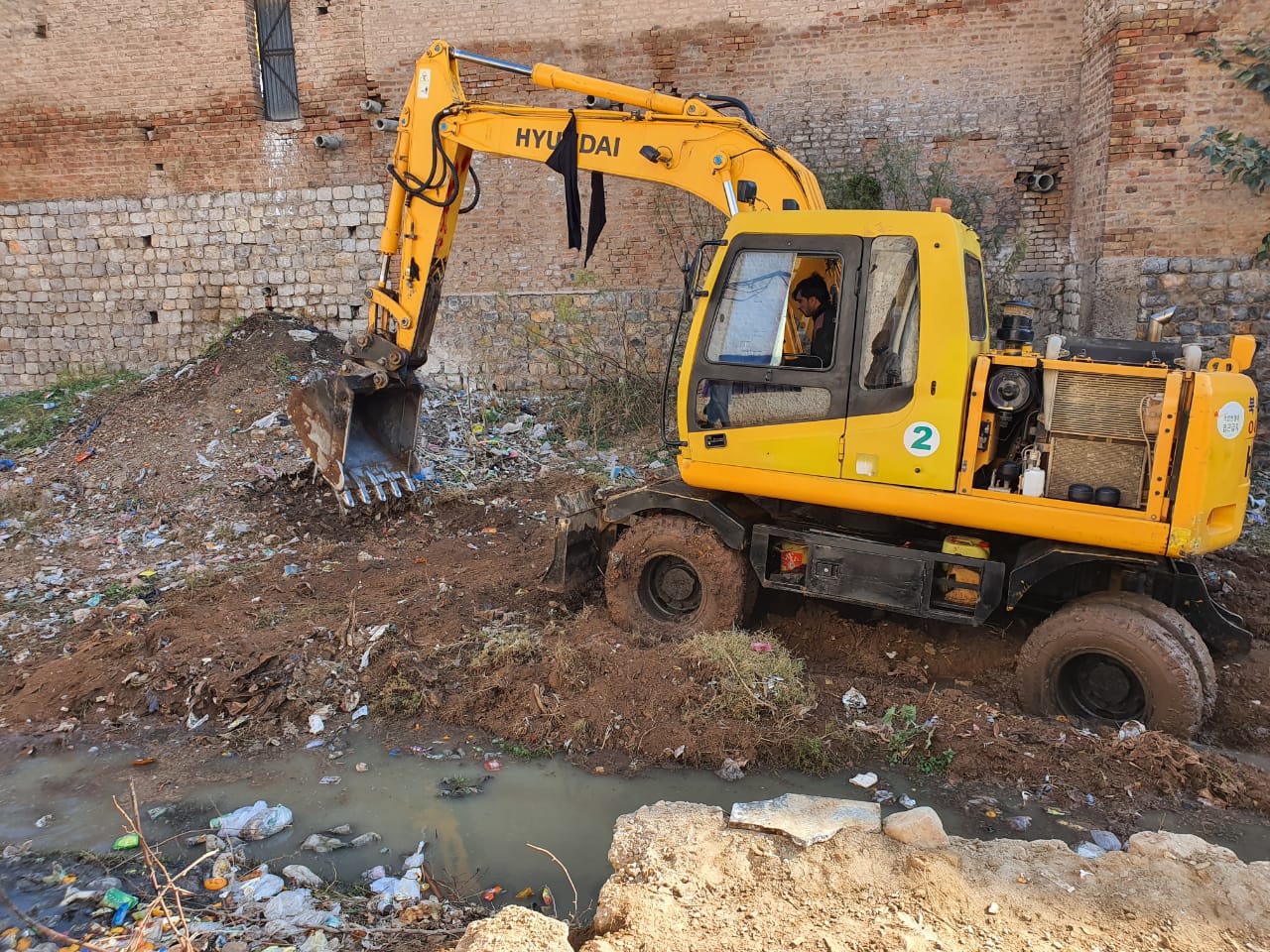
Remains of sanitary sewers are to be found in the ruins of the ancient cities of Crete and Assyria. Rome also had sewers, but they were primarily drains to carry away storm water. It was the practice to deposit all sorts of refuse in the streets, and accordingly the storm sewers also carried much organic matter at times. Sewerage was practically unknown during the Middle Ages, and construction of sewers was not resumed until modern times. At first, these were storm sewers not intended to carry domestic sewage. In the course of time it was recognized that sanitation would best be served by permitting the use of sewers to convey human excreta away from dwellings as promptly as possible, and the original storm drains became combined sewers which carried both storm-water runoff and the liquid wastes from occupied buildings.
Providing sewers for the cities was not a complete solution of the problem of excreta disposal. The offensive and dangerous materials were discharged into the streams where they decomposed to cause discomfort and danger to rural populations or to cities located downstream. Most cities, therefore, soon found it necessary to treat the sewage before releasing it. Even cities located along the ocean were in many cases obliged to protect bathing beaches or shellfish beds. Some, however, were able to discharge their sewage untreated into very large bodies of water or into streams that traversed relatively uninhabited regions. Still others were indifferent to the need for sewage treatment and in the absence of laws or proper enforcement spoiled the beauty of streams, made them unusable for recreational purposes, and endangered lives. A later development of this sanitary problem was the pollution of streams by industrial plants located not only in cities but in previously unspoiled rural sections. Streams have been spoiled for fishing, camping, and swimming by the putrescible and toxic wastes of industrial plants.
When the problem of sewage treatment first attracted attention, a difference of opinion existed among engineers as to the completeness of treatment that should be given to sewage before discharge into a body of water. Some engineers maintained that the public interest required the most complete treatment possible. Others held the opinion that treatment should be based upon local conditions and that no more treatment need be provided than would give reasonable assurance, with a factor of safety, that danger and nuisance would not exist.
Present regulations in the United States establish which bodies of water are quality, and which effluent limited. Those waters which are of a quality suitable for their highest intended use are defined as effluent limited. Wastes discharged into such waters must be treated to the degree obtained in secondary systems. Waters which are not suitable for their highest intended use under such effluent limitations are governed by water quality and are analyzed to establish the allowable total pollution load which can be assimilated without degradation. This allowable waste load is then allocated to present and future discharges. Treatment at each discharge point is then tailored to meet this waste load allocation. Treatment to a level less than that provided by secondary systems is never permitted under either system.
Water & Sanitation Services Kohat is working on the improvement of Water Supply and Sanitation Services in Urban Union Councils of Kohat. WSSC Kohat started its operational activities, after signing of “SAMA” on 26th, January 2017. Under this agreement WSSC Kohat not only started operational activities but also worked on improvement & Rehabilitation of existing infrastructure of sewerage and drainage system.
Sanitation and Hygiene, the basic need of general Public has been given priority and WSSC Kohat replaced damaged sewer lines in Kotal Township from where we received complaints regarding leakages of waste water. Damaged manholes have been repaired. Kilometers of choked drain has been desilted. More than 200 iron grates have been installed. WSSC Kohat provide its services in the limited resources yet these needs to be

